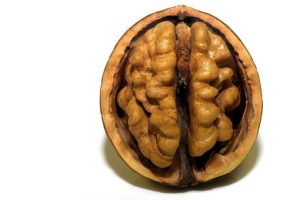It’s always handy to have writing basics at your fingertips in a nutshell:
Viewpoint – The perspective you choose and use to tell your story. In the simplest terms the choices are 1st person (I), 2nd person (you, rarely used), limited 3rd person (he, she, as in a central character or protagonist), and 3rd person omniscient (sometimes defined as a godlike viewpoint, shifting between and encompassing the viewpoints of multiple characters). Viewpoint a.k.a. POV.
Summary – The efficient and active accounting of story events that otherwise are not rendered fully in a scene. Story-telling with the emphasis on the telling versus the showing. Summary is often used to transition between scenes. It also allows the writer to leap through time, covering weeks, years, even centuries, in a few lines.
Scenes – The full dramatic rendering of an episode. The reader feels as if she is witnessing the action in the present. (Half scenes are partial scenes mixed with summary.)
Action – What happens in the narrative; what happens in a scene; what a main character must be capable of.
Active voice – The subject of the sentence is the person, place, or thing in action. Spot gnawed the bone. Margo lunged across the finish line. Active voice lights up a story. Passive voice, in contrast, dulls narrative and drives editors and other readers crazy. The bone was gnawed by Spot. The book was tossed out the window by the angry reader.
Dialogue – Conversation between characters, usually with the emphasis on conflict. Dialogue is a primary tool of characterization.
Story World – When and where the story unfolds, often a reflection of the viewpoint character’s state of mind. Setting can be thought of as a container for the story’s action.
Dynamic details – Concrete and significant descriptive details that engage the reader’s senses and invite him to believe in the narrator’s and or character’s world.
Interior monologue – The thoughts of the narrator or character(s) as shared with the reader. In the case of a traditional limited 3rd person narration, the reader will only be privy to the thoughts of the viewpoint character.
Yearning – Those conscious and/or unconscious desires that propel primary characters toward the possibility of change. 
Conflict – The opposition of characters, forces, and/or worlds that is vital to narrative. Conflict may be subtle or extreme, but it must be meaningful.
Dilemma – A.K.A. Dramatic Problem a.k.a. deep story problem. The protagonist’s desire for what she wants and what she truly needs collide—–




